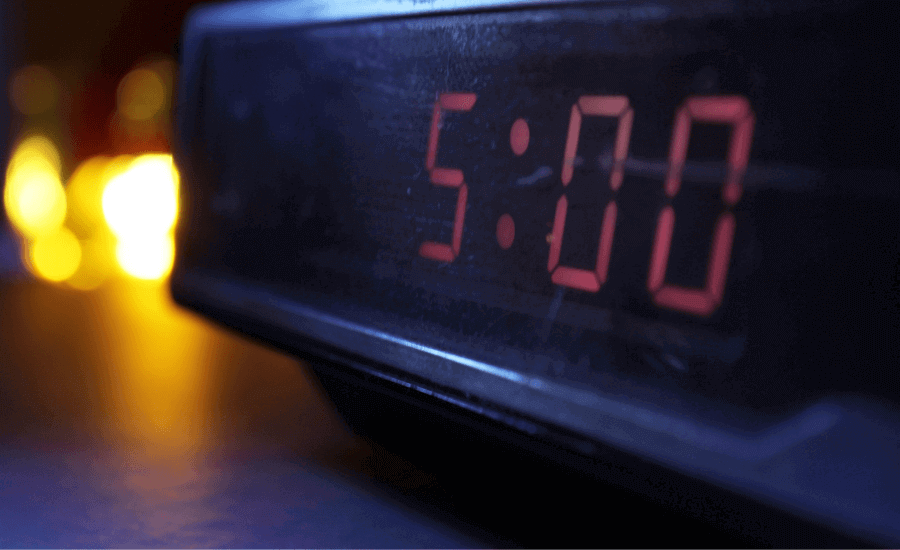
The Dawn Phenomenon
The Dawn Phenomenon… No this isn’t a new action movie. It’s a situation that a lot of people find themselves in. Read on to find out what it is and what it means for you.
Have You Experienced the Dawn Phenomenon?
Ever wonder why your blood sugar is a tad higher than normal when you wake up in the morning? After all, you haven’t eaten anything all night. Your sugar levels should be fairly low, right? Turns out, your body could be experiencing the dawn phenomenon (also known as “liver dump”). The kicker? It happens to everybody–not just people with diabetes.

What is it and Why Does it Happen?
While you’re asleep, your body is still hard at work. The dawn phenomenon is a result of what happens overnight. Somewhere between 4 – 5 a.m., your endocrine system releases a big surge of hormones. The purpose of most of these hormones is to help wake you up. One of these hormones is glucagon, an important chemical in your body that increases sugar levels.
How Does the Dawn Phenomenon Affect Diabetes?
For people with type 2 diabetes, nighttime is when your body begins making less insulin and more glucagon than it needs. As a result, the glucagon takes over. Glucagon signals the liver to make and release more sugar. In people without diabetes, their bodies can respond to this effect automatically. However, those with type 2 diabetes may be left with abnormally high sugars in the morning.
Can the Dawn Phenomenon be Treated?
The best way to fix these effects is to first keep tabs on your fasting sugars. Tracking your sugars with a diabetes logbook or online tracker can help you spot trends in your sugar levels. If you notice that your sugars are higher than normal in the morning, it’s a good idea to talk to your doctor. These are some of the options your doctor may discuss with you to help you keep your fasting blood glucose levels in check:
- Eating dinner earlier in the evening
- Exercising after dinner
- Switching to an insulin pump





